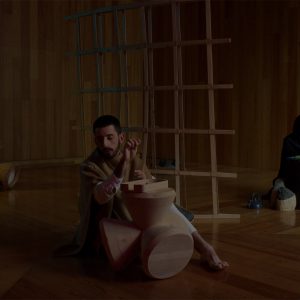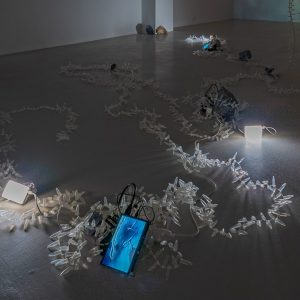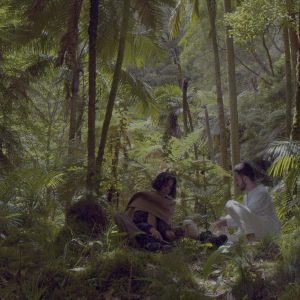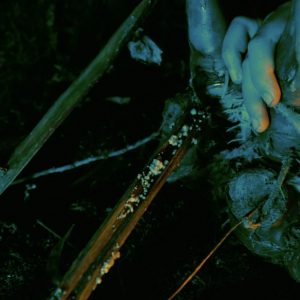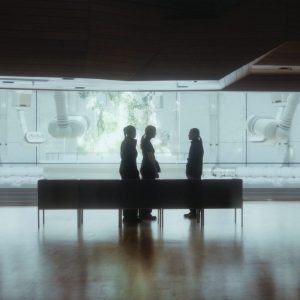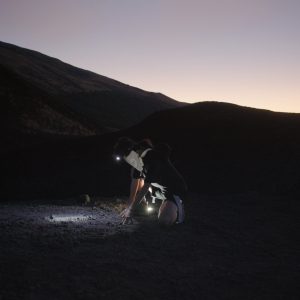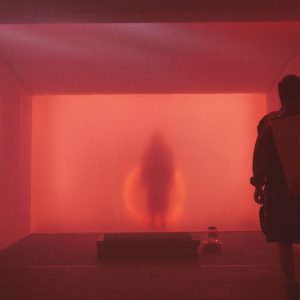Interspecies Interfaces
Tapprest‘s collaborative work explores how emerging developments in technology and social imaginaries interact with the post-industrial subject in affective, preconscious and sensorial ways, often within speculative scenarios.
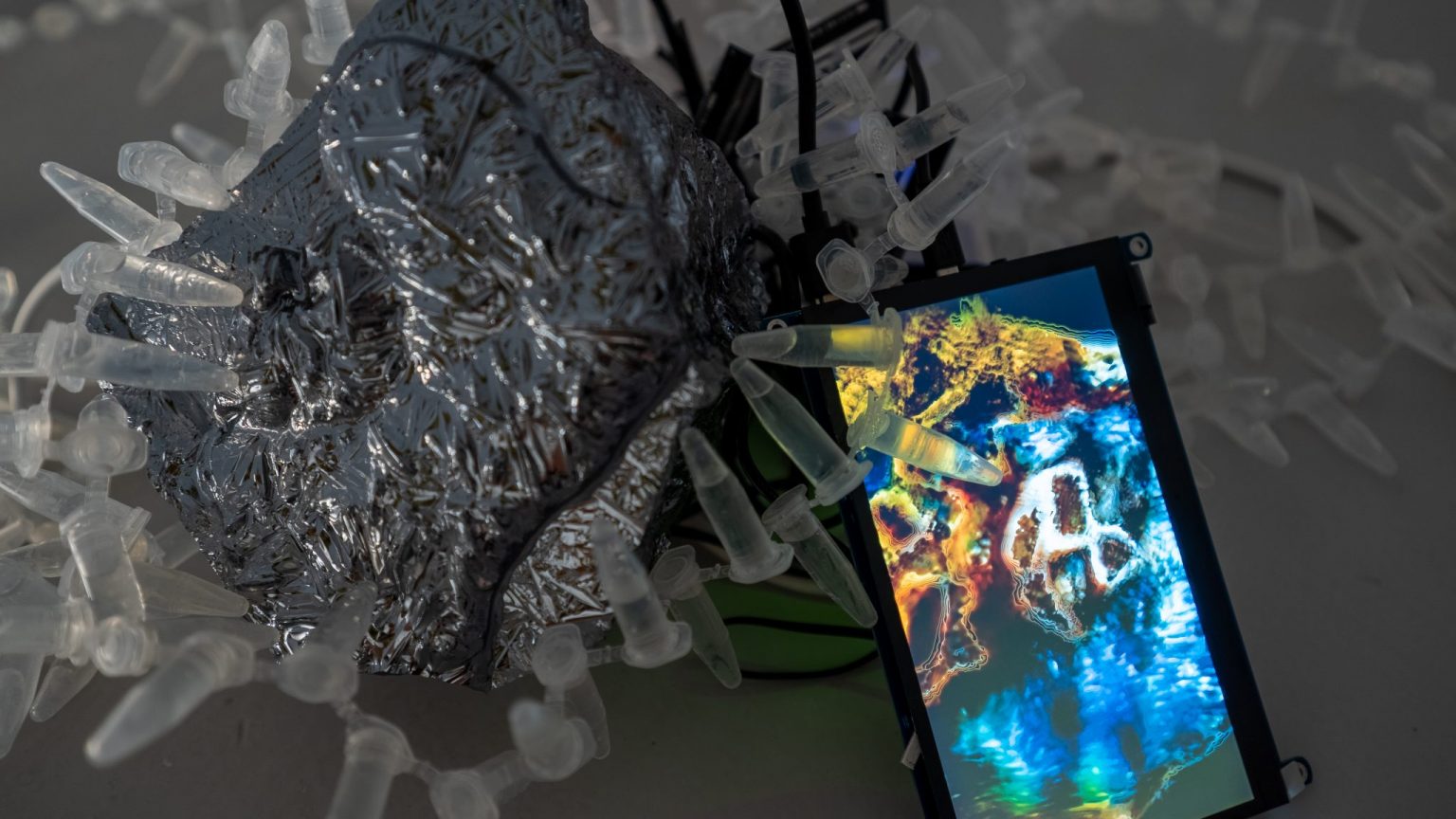
Matthew C. Wilson, "Factitious Reservoirs". Simulated extraterrestrial brines in centrifuge vials, pure silicon, machine learning generated videos (from a training set based on alien oceans) on LCD screens, Illumina flow cells, Aputure MC lights, electrical cables. (Developed with the support of galeria SKALA and Mondriaan Fonds)
Interspecies Interfaces
Other species’ senses are tuned into phenomena outside of the human sensorium, from subtle electromagnetic fields and minor fluctuations in turbulence or vibrations in air, water, and earth to the faintest of molecular traces. Interspecies Interfaces engages with emerging developments in sensory augmentation and AI, exploring how the convergence of these technologies could profoundly alter humans’ ability to attune themselves with other animals’ sensory realities. During their residency at EPFL, Wilson and Tapprest will prototype scenarios where these technological convergences have been extended and become widely adopted, considering their potential implications on collective values and behavior.
AI is fast becoming the interpretative layer between large complex datasets, including recordings of animal communication. While postindustrial humans mostly encounter AI outputs as text and images on screens, sensory augmentation could aid in translating this information into other ambient sensing modalities, opening up the possibility of expanding interspecies and environmental awareness from intellectual channels to affective, experiential channels within human lifeworlds. The duo’s research at EPFL will result in a series of cinematic vignettes that invite audiences to inhabit speculative worlds following the arrival of interspecies interfaces.
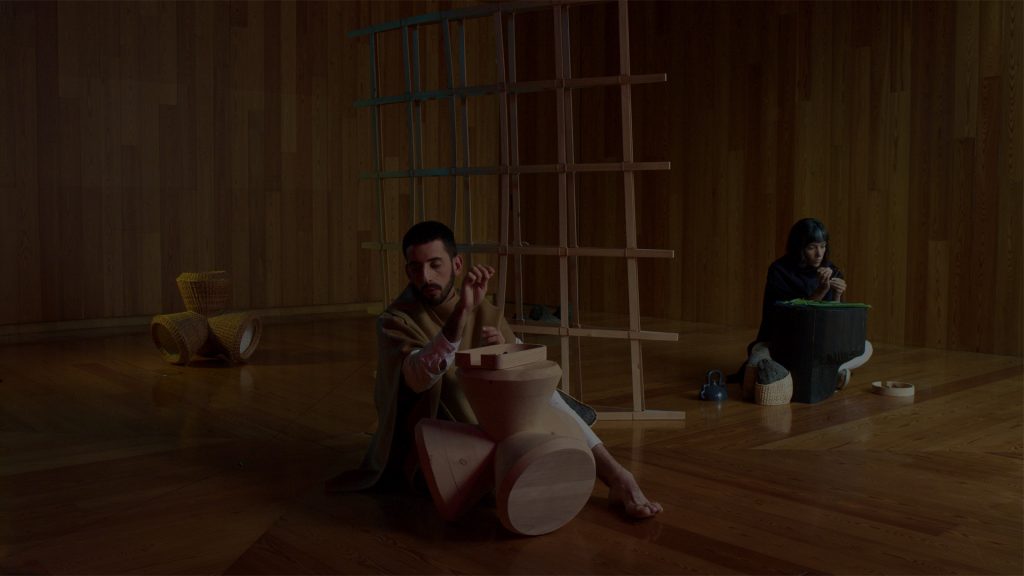
Developed with the support of Walk&Talk – Arts Festival and Mondriaan Fonds
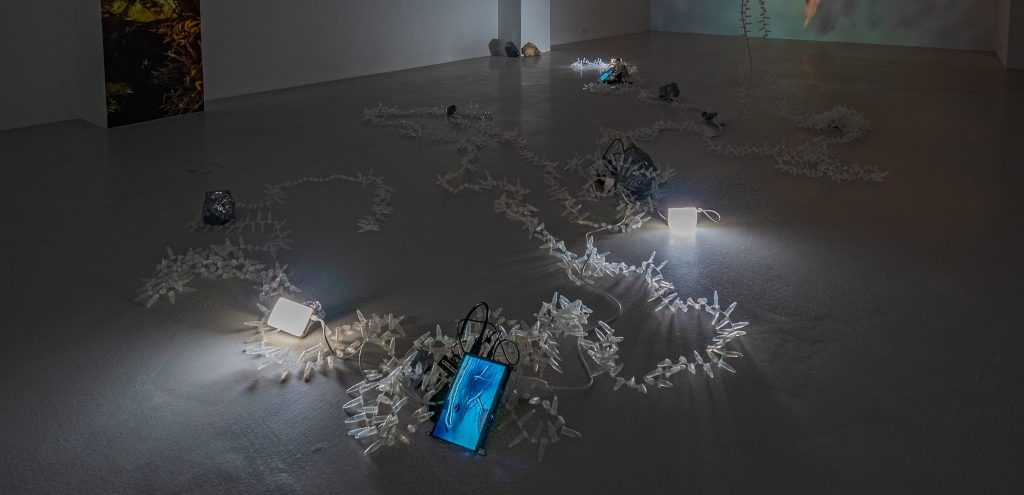
Developed with the support of galeria SKALA and Mondriaan Fonds
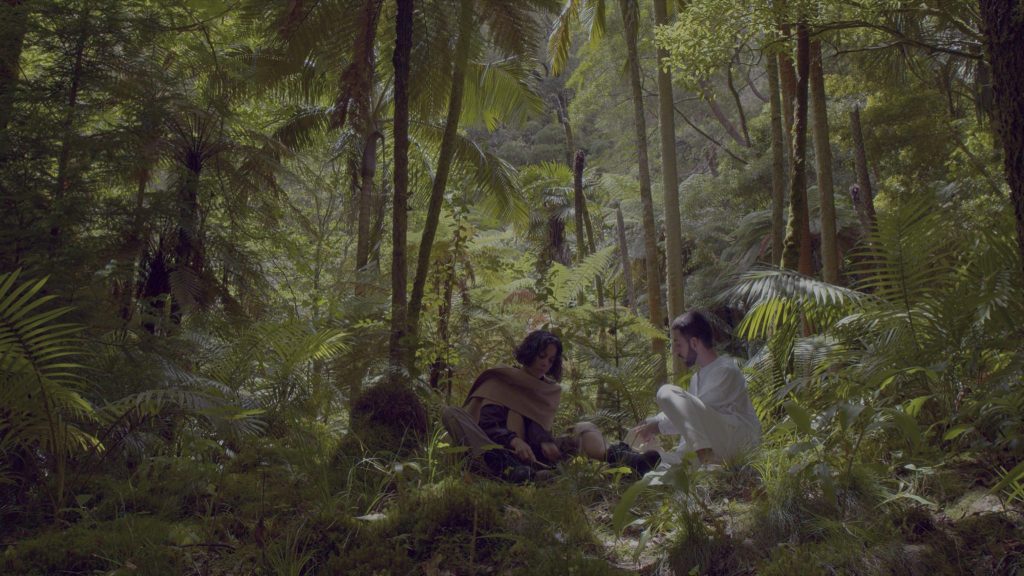
Developed with the support of Walk&Talk – Arts Festival and Mondriaan Fonds
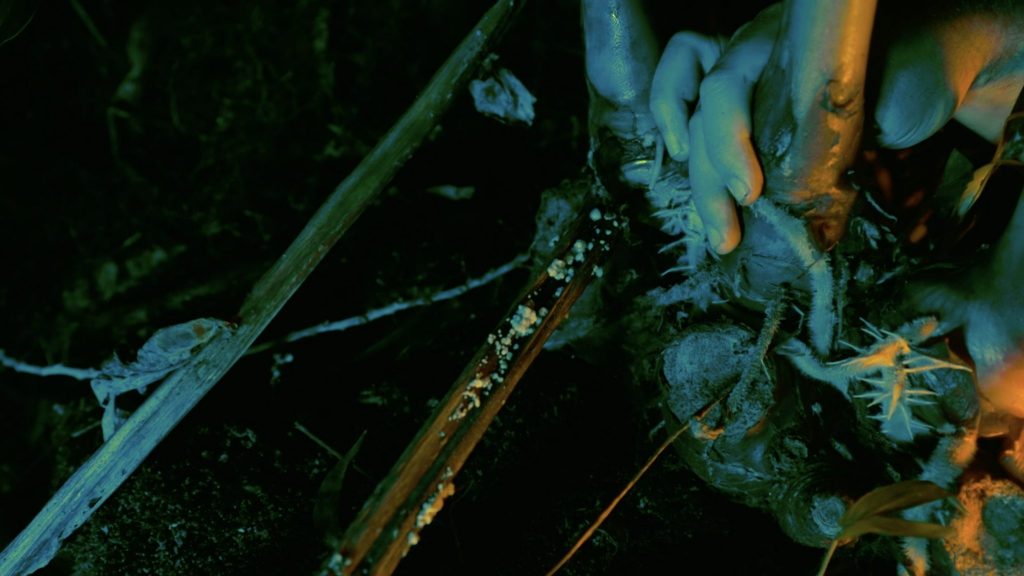
Developed with the support of Walk&Talk – Arts Festival and Mondriaan Fonds
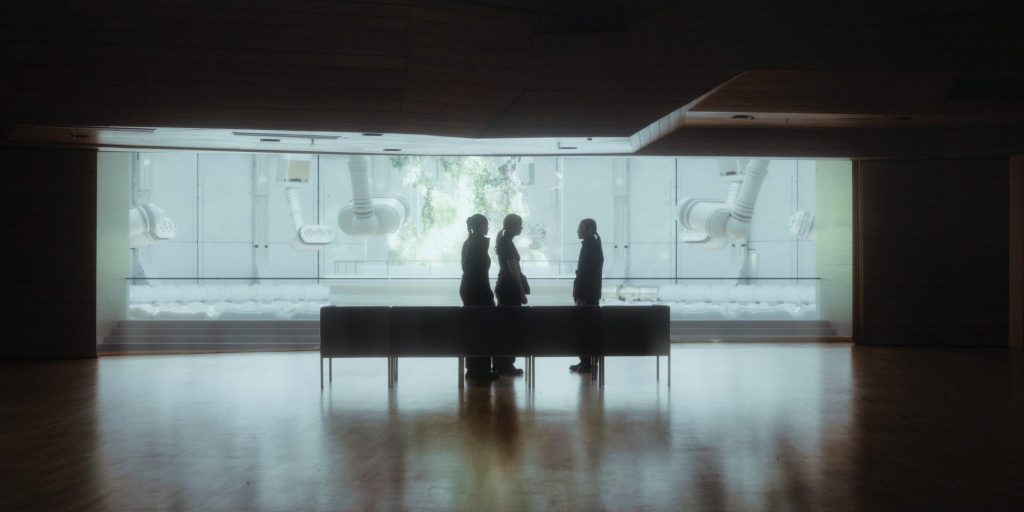
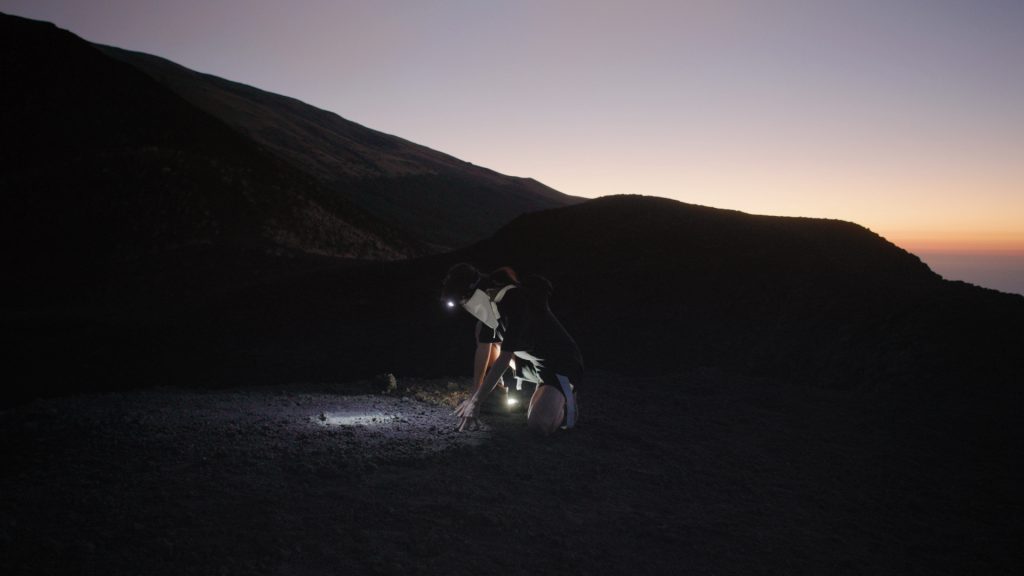
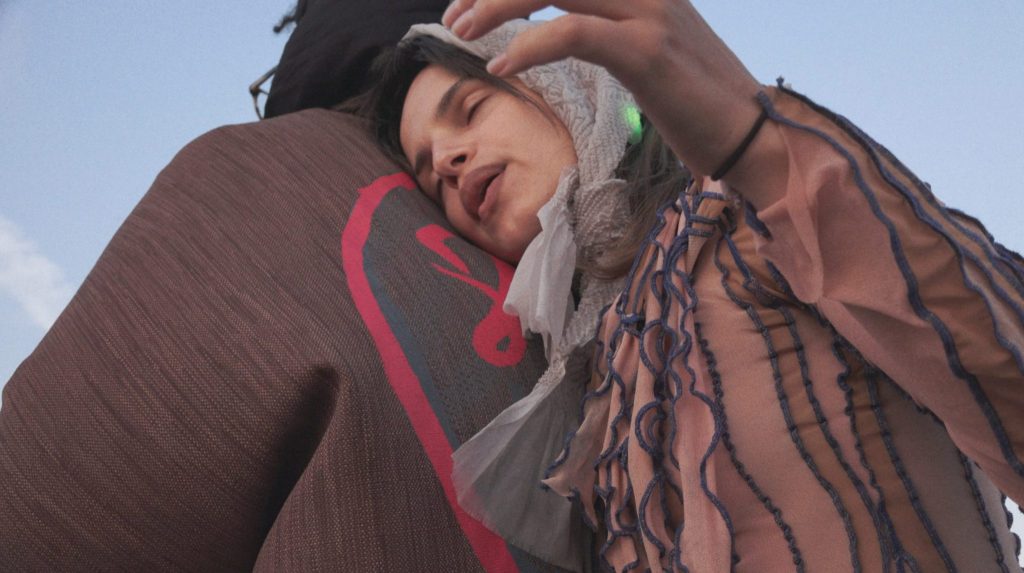
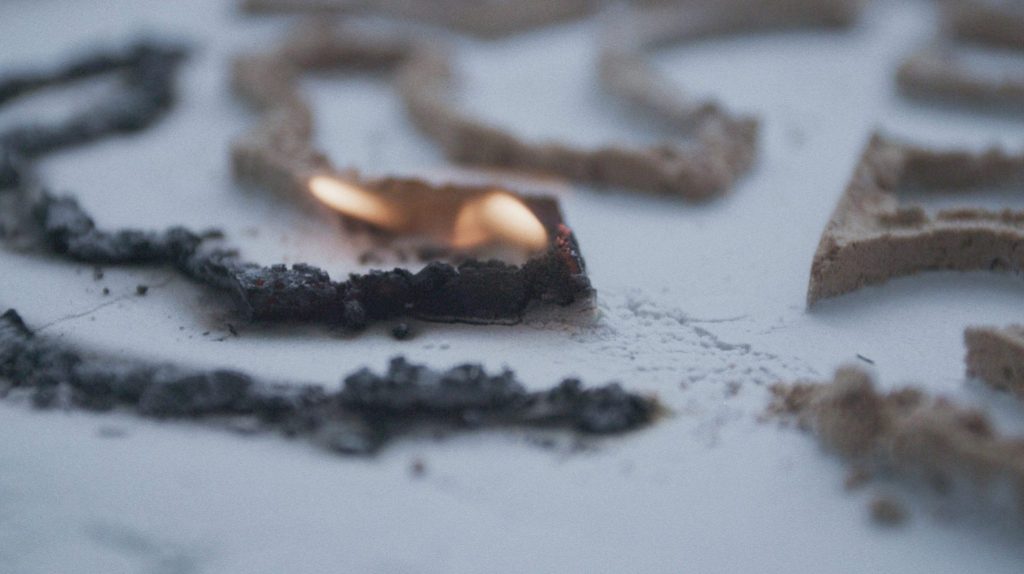

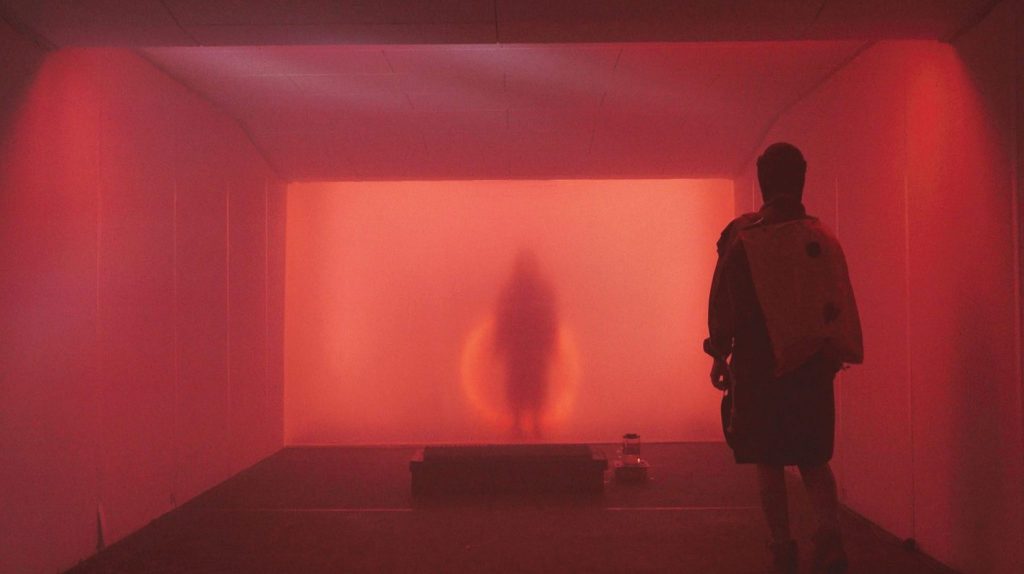
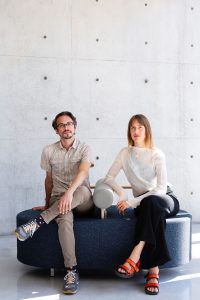
Matthew C. Wilson
Matthew C. Wilson is a filmmaker and artist from the United States based in the Netherlands. In his videos, sculptures, and installations, viewers meet human, non-human, and inter-subjective agents that are entangled with natural processes and shape-shifting historical forces. His projects utilize research-oriented, site-specific, and methodologically eclectic approaches to track the inertia of modernity through contemporary ecological crises and into speculative futures. Wilson holds an MFA in visual arts from Columbia University and has been a participant in the Whitney Independent Study Program, Skowhegan School of Painting & Sculpture, and the Jan van Eyck Academie. He is currently the KNAW – Royal Netherlands Academy of Arts and Sciences artist-in-residence fellow at the Netherlands Institute for Advanced Study in the Humanities and Social Sciences. His moving image works have screened on Vdrome.org, at the International Film Festival Rotterdam, the Eye Filmmuseum in Amsterdam, and Haus der Kulturen der Welt in Berlin.
Emilia Tapprest
Emilia Tapprest (NVISIBLE.STUDIO) is a Finnish-French filmmaker and visual artist based in Amsterdam. Her collaborative work explores how emerging developments in technology and social imaginaries interact with the post-industrial subject in affective, preconscious, and sensorial ways, often within speculative scenarios. With a background studying industrial and interface design at Aalto University in Helsinki, Tapprest obtained her second degree in fine arts and film at the Sandberg Institute in 2019. Her work has been presented on international platforms such as Vdrome, Kunstverein Schattendorf, Impakt Festival, VISIO European Programme on Artists’ Moving Images, and Bologna Art City. Tapprest is a former resident of the Jan van Eyck Academie (2021), FilmForward (2021), Rupert AiR (2023), Institute for Advanced Study, and Allard Pierson, among others. She is currently tutor in cinematic moving image for the geo-design MA at Design Academy Eindhoven.
